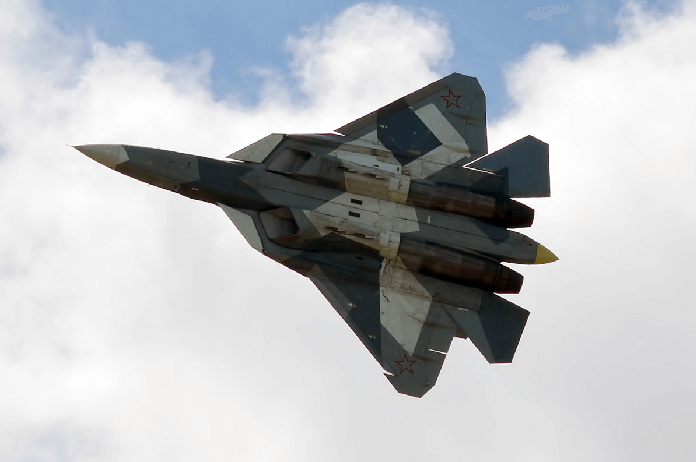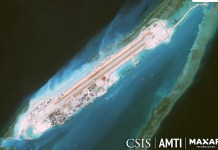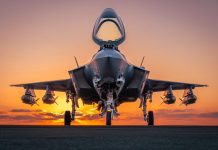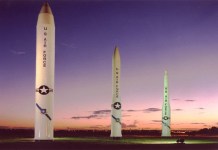After a long wait, Russia’s Su-57 fifth-generation fighter aircraft may finally be available for the country’s air force, if the government sources quoted by TASS are to be believed.
According to the report, the first serial-produced Su-57 fighter will be delivered to the Defense Ministry in December this year.
Russia Delivers The Most Beautiful But Equally Lethal ‘White Eagle’ Tanks To Serbia
“The Defense Ministry will get the first serial-produced Su-57 with the operational first-stage engine on the single military output day in December this year and four more such planes in 2021,” the Russian news agency quoted the government source as saying.
The Russian government had signed a contract in 2019 for acquiring 76 Su-57s till 2028, and the government claims it will ‘definitely’ be fulfilled on time. The deliveries of Su-57 fighters with the second-stage engine are set to begin in 2022, the source added.
The development of the jet’s second-generation engine has reportedly been a challenge for the Russian defense companies. The current prototypes are powered by older engines, though originally designed to incorporate the second-generation Izdeliye 30 engine.
MISSION POSSIBLE: US’ Navy Seals Again Demonstrate Why They Are The ‘Top Dogs’ For Covert Operations
The RAND Corporation quoted a former Sukhoi engineer, who claims the 76 operational models that the Russian Federation Air Force is expected to receive during the 2020s will not have the intended second-generation engine, which contradicts the Russian aircraft maker’s claim of outfitting the batch with the new engines.
It remains unclear when the second-generation engines will be ready for powering the Su-57 fighter jets.
The Su-57 is armed with side-facing active electronically scanned array (AESA) X-band radars below the cockpit on the aircraft’s ‘cheeks.’ This coupled with another nose-mounted X-band N036 Byelka (Squirrel) AESA radar greatly enhances the fighter’s sensor field of view, thereby the situational awareness for the Su-57 pilot.
Onboard radar stations of T-50 (PAK FA) Thanks @saidpvo via @KRETRussia pic.twitter.com/2ZEsp1O32V
— KURYER? (@RSS_40) August 30, 2015
The dedicated cheek arrays compensate for the lack of advanced stealth for Su-57s since they can reduce its detectability using extreme beaming tactics, especially at long ranges, while still actively guiding its missiles to its target.
The jet made its first flight ten years ago and has been in development since 2002, yet the much anticipated and advertised hasn’t been inducted into the Russian military.
The development challenges and crashes have continued to delay the jet’s initial operational capability (IOC) until the mid-2020s at the earliest. Because of repeated development delays, including the December 2019 crash of the first Su-57 aircraft during a test flight, the head of the Sukhoi Aviation, which develops the Su-57, had to resign earlier this year.

The Russian A&D industries are also lagging behind in the development of advanced avionics, which has led to repeated delays in the induction of fifth-generation fighter aircraft. This is blamed on unsuccessful attempts at capitalizing on the post-Cold War revolution in information technology by the Russian Federation’s A&D industries.
The situation has been made worse by the US sanctions, including the separation of Ukrainian A&D industries from Russia.
Is China’s 5th-Gen, Stealth, J-20 Fighter Jet Ready For A Showdown With Indian Rafale?
India had entered into a joint development program of Su-57 fighter with Russia but had to later withdraw, citing delays in development, especially the development of second-generation engines, in which the country had been repeatedly failing.
The country has been aggressively pitching the fifth-generation aircraft with a number of countries with only a few successes.
The US military analysts are unconvinced on whether the 76 Su-57 jets to be produced by 2028 will contain the second-generation engine at all. There seems to be no indication of whether the Russians have surmounted the technology barrier to create a true competitor to the American F-35.
Watch The Russian ‘Sea Monster’ That Remains The Biggest Threat To American Super Carriers
Su-57 is built as a multirole fighter designed to destroy all types of air, ground and naval targets and the jet 57 combines the functions of an attack plane and a fighter jet while the fighter’s aerodynamic configuration ensures the low level of radar and infrared signature.
The jet will carry hypersonic missiles, and while the Russians claim they have tested the fifth-generation fighter jet successfully in combat conditions in Syria, they have provided no evidence of it yet.




